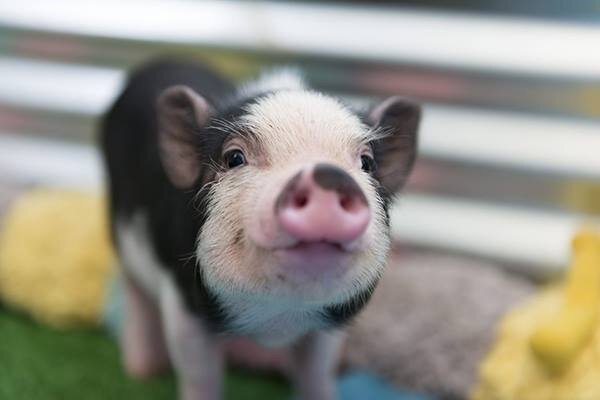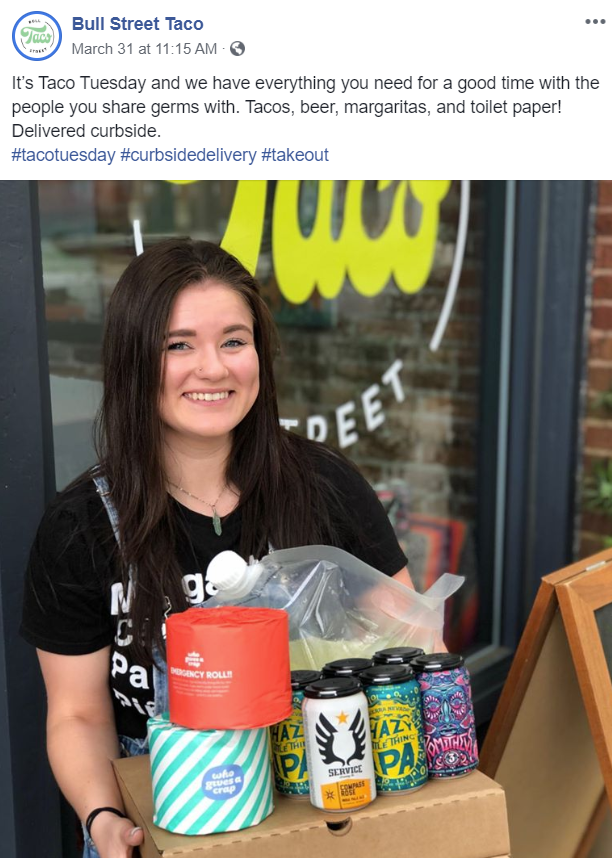I started this blog in part to consider how places contribute to community, but in my “About” page, I said “physical assets alone don’t make a desirable place. People are the heart and soul of a community.” Now that places are substantially unavailable to us, I’m watching with interest, and a lot of emotions, what community looks like without places.
Right now, it looks like a computer screen. My Facebook cup overfloweth. Email is full of webinars and what to do’s and how to stay sane. There are so many people and places begging for my attention and offering help that it’s made me more anxious than reading the news. You’ve likely seen museums, concert venues, libraries, and other arts and cultural places are taking to social media like a house afire. I’ve seen tours, virtual galleries, story time, interviews, staff pet photos, and anything else they can think of to stay relevant and visible. There are so many great live concerts online you could tune in to one (or ten) every evening. Churches have moved to to Facebook Live. Closed stores and newly take-out-only restaurants are begging for business with sales, emails, social media posts, and toilet paper giveaways.
What will museums, live music, parks, downtowns, stores, and restaurants look like when we’re released back into the world? A celebrity chef interviewed by the New York Times predicted that this is the end of restaurants as we know them – which I thought was unnecessarily dramatic until he pointed out how many businesses have been categorized as “unnecessary.” Which reminded me of how arts and humanities became unnecessary in many schools in favor of more math and science. Lots of unnecessary arts organizations and small businesses were already struggling and we will surely lose some of the places we love. This weekend’s New York Times Magazine features a small panel of health, science, and ethics leaders a discussing the ethical considerations of returning to work and school. They believe we will keep social distancing well into 2021.
One of the real-time concerts (“live” performance doesn’t quite fit here) I watched this week was a singer named Jeffrey Foucault. I was joined online by 850-ish people. Jeffrey was talking into the camera, not interacting anyone, and mentioned the absence of energy in the room. Every performer I’ve seen in the last couple of weeks said the same thing. Watching alone at the dining room table (aside from a brief visit from James Brown the cat), I missed that energy and emotional connection with the audience and the performer too, and talking about the show afterward over dinner with my friends, and yet was grateful that at least I could tune in electronically. I just don’t want that to be the new normal.
We will go back to what we know when we can, or back to whatever is safely close to what we know. Familiarity brings comfort. And we need other people. There’s a reason drive-in churches were a brief and unsuccessful experiment. We want the energy, the connection, the in-person experience that depends on being together in the same physical space – the holy communion of people and place. Certainly some things will not come back as we know them and I’m trying to remember that they could come back better (like restaurants could be less noisy). We need to act to keep the places we love, to rebuild the communities we want to live in. We are their caretakers. Do what you can, look forward, and be hopeful, friends.
As always, thanks for reading. If you’re not a subscriber and you’d like to be, please sign up at the bottom of any page at www.ordinaryvirtues.com. If you want to share your thoughts, you can leave a comment on the web page, or email me at ordinaryvirtues@gmail.com.

